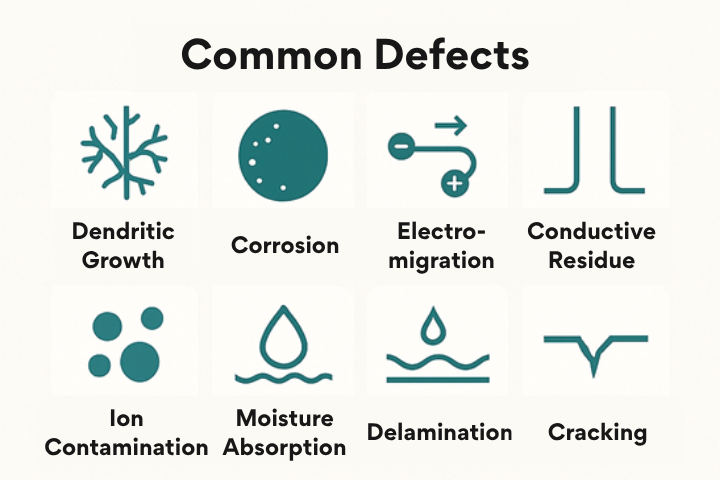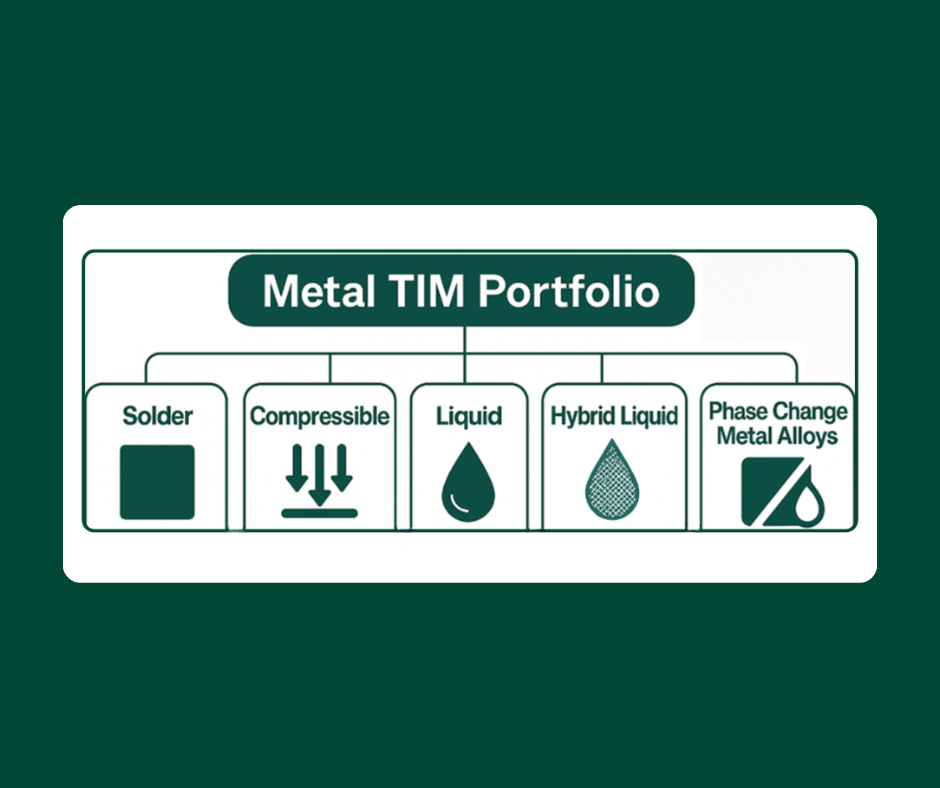To quantify reliability parameters, accelerated life tests are performed on electronic devices, including all thermal materials, including thermal interface materials. Most new materials are implemented before enough testing time has passed to mimic a typical lifetime and determine failure modes of that material.
Standard accelerated life tests were adopted to mimic the reliability issues which would surface during a devices lifetime, but in a time period which was testable in the deviceҒs design stages.
One of the accelerated factors examined is severe temperature cycling. The standard temperature cycling test for thermal materials is to cycle the temperature up to 125C for 1000 cycles.
Ђ
Does this same standard cycling test apply to solder thermal interface materials (TIMs)? Yes, sometimes.Not always though.Some solder TIMS melt at or form composites that melt at temperatures below 1250C. One example is Indiums alloy 1E (52In 48Sn) which melts at 118ҰC. For examples like this, temperature cycling is still an option, but the temperature cycles should be altered. Instead of running 1000 temperature cycles at 125C, more temperature cycles should be run at a lower temperature to mimic the same stress level to the interface. Ђ



